|
New Orleans is known for many things: jazz, Mardi Gras, the Saints, the French Quarter, creole food, and Hurricane Katrina. One thing the city isn’t well-known for is tornadoes — until recently. On a cloudy, windy, rainy evening at a state campground outside the city, Bob cooked a nice gumbo to warm our insides. Just before we were about to sit down and partake, our phones alerted us to a tornado warning. Unlike the last time we experienced such an alarm while in Michigan at my cousin’s farm, we were on our own. Bob turned off the stove, and we scurried about the trailer to gather a few things. Then, we loaded into the truck, knowing it would be safer in swirling, high-speed winds than our fifth wheel, which could disintegrate in an instant. Gulliver navigated us to a vacant parking lot, away from potential debris, to ride out the storm. As we watched angry clouds hurry by, dropping rain as they passed, we breathed a little easier at the blue sky trying to peer through directly overhead. After about 20 minutes, the Weather Channel app on Bob’s phone confirmed the worst of the storm cell had moved on. We returned home to our intact trailer and warm dinner, thankful for our safety. An F-3 tornado did touch down in the New Orleans area that night, about 20 miles from our location. We saw some of the damage from it while celebrating my birthday on a river cruise a couple of nights later: a building with a missing roof. A River Sailing It’s no secret that we enjoy cruising. We’ve sailed eight ocean cruises and have our next one planned. But we had never experienced a river cruise. New Orleans’ location on the Mississippi River presented an opportunity for us to do so — on an authentic paddlewheel steamboat. We boarded the four-deck vessel for a sunset dinner cruise and perched on outdoor seats on deck 4. A live jazz trio serenaded us while a narrator shared interesting facts about the mighty Mississippi and New Orleans. After the sun set and the temperature dipped, we descended to the galley on deck 2 for our turn at cajun fare: chicken and sausage gumbo, baked chicken, bayou seafood pasta, fingerling potatoes, and green beans almondine. Bread pudding and bananas foster over ice cream with coffee finished the meal as we pulled back into port. A National Treasure Food is one of the big attractions of New Orleans. Another, and what drew us there, is the National WWII Museum. One day is not enough to take in all this 6-acre, five-pavillion facility has to offer. From D-Day to the European and Pacific Theaters — including the Road to Berlin and the Road to Tokyo — the organizers did an excellent job capturing all the important aspects of the war and telling them in a detailed, immersive story. The experience is interactive too. At the start of our journey, we each got a dog tag that represented a real person who played a role in the war. At different stations throughout the museum, we scanned our dog tags to learn more about each person’s involvement and contributions. In addition to the rooms showcasing the detailed war history, the museum houses a separate wing. The Boeing Center displays a handful of aircraft that were pivotal to the war: a B-17E Flying Fortress, a B-25J Mitchell, a P-51 Mustang, an F4 Corsair, an SBD Dauntless, and a TBM Avenger. Heavy-duty cables suspend these warbirds in the exhibit, and visitors can go up two and three levels to view the planes up close and personal — at eye level and from above — from catwalks.
Our visit to New Orleans left us more appreciative than before for all those who sacrificed and gave their lives for our freedom.
4 Comments
One of our favorite things to do as we travel the country is to sample regional cuisine to get a taste (pun intended) for the area: pasties in the Upper Peninsula of Michigan, cheese in Wisconsin, Tex-Mex in Texas, etc. While in the San Antonio area, we made a point to tour the River Walk, a hidden gem that sprawls 15 miles beneath the city, offering shops and all kinds of ethnic fare–not just your Texas standards. We arrived at lunchtime and bypassed a Mexican restaurant to visit an Irish one, where we shared bangers and mash buried under a thick brown gravy. After finding our way to the Alamo, which was worth the visit, we ventured back to the River Walk and stopped at a German restaurant before strolling back through the walk, past Love Lock Bridge, to our vehicle. Bob indulged in a German pretzel, and we shared a plate of Nuremberg sausage (yum!), Polish sausage, mustard mashed potatoes, pickled vegetables, and sauerkraut. Texas BBQ Inspired by a friend who had told us about camping opportunities on Padre Island, we traveled from the San Antonio area to Corpus Christi. We spent a week on the beach at sister Mustang Island. Unlike our friend’s sunny, warm experience in the area (in August), we faced cold, clouds, and wind (in March). But we didn’t let that stop us from strolling along the beach to take in God’s beautiful creation. We even braved a chilly bike ride to sample the local cuisine at a BBQ restaurant. After weathering hours of 30 mph winds the night before our departure, the sun came out victorious. But it was too late for us. We had to be on our way to make room for the next camper scheduled to arrive in our spot. So, we packed up and hit the road on a brisk, 47-degree morning. Two days later, we pulled up at the home of our friends, Dwaine and Belinda, oblivious to the treat that lay in store for us. We met this wonderful couple on our Panama Canal cruise in 2019 and have kept in touch. They offered to let us moochdock on their piece of paradise, and we gladly accepted. Authentic Cajun Cooking Dwaine and Belinda are born and bred Louisianans, and they made sure to immerse us in the staples they love. Most of the food in the region consists of rice and some sort of meat-laden, spicy gravy. They fed us seafood gumbo, turtle (tastes a lot like chicken), red beans and rice, and tasso and cabbage. Tasso, we learned, is a smoked, spiced, cured meat–typically pork. We found it quite tasty. Our Cajun food highlight, though, has to be a crawfish boil. We had heard of such a thing but had never partaken. Wanting to give us an authentic experience, our hosts enlisted the help of their son and daughter-in-law to do the cooking. And what a spread! In addition to the crawfish, they boiled potatoes, carrots, mushrooms, onions, Brussels sprouts, and corn on the cob. After seasoning the water and bringing it to a boil, they threw in all the veggies to cook. These served as appetizers while the crawfish boiled. Before we knew it, the crawfish, essentially tiny lobsters, were ready to be eaten. As with lobsters, you break off the head of the crawfish and eat the tail meat. If you get one with decent-sized claws, you can eat the claw meat too. We ate and ate and ate until we couldn’t eat anymore. And we even took home leftovers. Bob spent hours digging the meat out of the leftover crawfish, and I enjoyed it on my lunch salads the next few days.
We couldn’t have asked for a better, more authentic Louisiana stop. Thank you, Dwaine and Belinda, for your wonderful hospitality and for giving us such a cultural experience. You might also like Our Most Unique RV Experiences of 2021. Rising fuel prices are plaguing the world in the wake of the Russia-Ukraine conflict. As you can imagine, that certainly affects our RV travels. The average diesel price today is $5.13 per gallon, according to AAA. That’s more than a $2 increase over last year’s average of $3.06. Gulliver gets about 8 miles per gallon when pulling Tagalong. With a 32-gallon fuel tank, that comes out to an average $164 per fillup, compared to $100 last year. We never run the tank to empty, so we don’t pay that full price. Gulliver’s endurance on one tank is about three hours, and that gets us down to a quarter of a tank. Savings in Numbers Thankfully, we’re part of the TSD Logistics fleet, a tractor-trailer fleet that allows RVs to join through its Open Roads program. This enlarges the fleet overall and lowers the diesel cost for everyone involved. That gets us significant savings on fuel prices. For example, a truck stop we visited in Texas had a published price of $5.31 per gallon. Thanks to our discount, we only paid $4.26. That said, the pump doesn’t show the discount, which can be a sticker shock. We realize the discount later. Our TSD Logistics card is tied to our checking account, so our fuel purchases come out as bank drafts. The program doesn’t charge us the full amount we see on the pump and then apply the discount. Instead, it collects all the information about the transaction, subtracts the discount from the published price, and deducts that from our checking account. Why Is Diesel More Expensive at Truck Stops? Truck stops have a pretty exclusive market. Diesel cars and pickups can likely find diesel cheaper somewhere in town. But semi trucks and big RV rigs have a much harder time navigating to those places, if they can fit into the pump bays at all. Highway truck stops are designed for fueling many semis at a single time, with easy access in and out. All truckers use fleet cards, so none of them pay that sticker price you see advertised on billboards. If we didn’t belong to a fleet, we would have no choice but to pay the inflated published price at the truck stops since our rig is as big as they are. Many different fleets are in operation. TSD Logistics is only one of them, and it’s the only fleet that allows diesel-fueled RVs to participate. Discounts for our fleet apply to TA, Petro, and Love’s. We get our best prices at TA and Petro. Benefits of Truck Stop Fueling Our biggest perk to fueling at truck stops is peace of mind regarding height clearance and easy in-out access. The dimensions of our rig preclude us from fueling at gas stations in town because of lack of height clearance or inconvenient pump position. For these reasons, some fifth-wheel RVers only get fuel when disconnected from their rig. Depending on the size of their tank, that may mean they have to stop frequently on a long journey so they can disconnect. Another truck stop benefit for us is the ability to pay at the pump. This saves considerable time and hassle. In addition, truck stops offer diesel exhaust fluid (DEF) — a requirement for all modern diesel vehicles — at the pump. We could buy DEF in 5-gallon containers like you see at The Home Depot and other places, but our DEF tank isn’t 5 gallons. So, we would end up carrying a half-full container of the smelly liquid with us — not to mention how messy it is to pour the liquid from the box into our DEF tank. Although our fleet discount doesn’t apply to DEF, we appreciate being able to get it at the pump. In addition, truck stops offer extended-handle windshield squeegees for easier reach across tall, large vehicles. Many truck stops also have water — potable or not — and air compressors for tire inflation. Navigating truck stops Most truck stops have auto and RV pumps, as well as fuel pumps for semis. Our fleet discount doesn’t apply at the auto/RV pumps, so we have to go to the truck area. Our first visit to a pump in this area of a truck stop met us with confusion. We didn’t know what to select on the digital screen at the pump. Tractor? Reefer? Both? We had no idea what that meant. Fortunately, a gracious trucker told us to select tractor, and we’ve been following that advice ever since. The nozzles at the truck pumps are larger than those at the auto/RV pumps as they’re designed to deliver volumes of fuel at a high flow rate. Because the size of our fuel tank pales in comparison to the size of trucker tanks, we have to run the nozzles at the lowest speed to prevent spillage. Along with every tank fillup over 10 gallons, we always include a fuel additive. Cummins, the manufacturer of Gulliver’s engine, recommends Diesel Kleen to keep the fuel injectors clean and the injection components lubricated — ultimately, improving fuel quality and engine performance. Trucker Courtesy
Because we fuel at truck stops where professional truck drivers fill up, we do our best to give them priority. After all, they have schedules to keep and need to make good time. We have a lot more flexibility. After replenishing Gulliver’s diesel and DEF tanks and giving Tagalong a walkaround, we move forward to get out of truckers’ way. We often park in that forward space, which it’s designed for, while we go inside the store at the truck stop to use the restroom and grab a coffee or snack. Then, we quickly return to our vehicle and get back on the road. Truckers probably like to get in line behind a fifth wheel because the smaller fuel tank means a quicker fillup. Class A motorhomes, on the other hand, can take 100 to 150 gallons, making the length of a fillup about equal to that of a semi. We like to keep a good relationship with truckers. We always feel good about a road where we see 18-wheelers because we know if they’re there, we have the height clearance we need. We want truckers to appreciate RVers as well, so little steps like giving them priority at truck stops can go a long way toward helping with that. You might also like What an RV Travel Day Is Like. The small town of Junction, Texas, on Interstate 10 doesn’t have a whole lot to offer on the surface. But its population of 2,500 maintains the county’s shipping and marketing center for livestock, pecans, grain, wool, and mohair. Perhaps more importantly, the municipality marks the intersection of the North and South Llano rivers. Nestled behind the town is an expansive wildlife refuge for turkeys, deer, hundreds of species of birds, and more. The 500-plus acres constitute South Llano River State Park, which includes 58 campsites. That and the campground’s location right off the interstate attracted us to it. Because the park is in a hollow, our phones had weak reception. I feared we wouldn’t be able to stay since internet access is imperative for me to do my day job. We rely on mobile networks for that. We raised our 25-foot cell signal booster antenna with hopes that it would improve our reception. Sure enough, it picked up and amplified a T-Mobile signal 10 times, securing our stay. Plumbing Problems The next morning, we awoke to find our faucets not working. The levers turned on and off, but no water came out. The 23-degree low temperature froze the water in the hose connecting the campsite spigot to Tagalong. Because we have a four-season coach, we knew our fresh water tank and pipes were OK. So, needing water to make coffee, we switched to using our internal water tank. Problem solved — at least temporarily. A couple of hours later, Bob went out to check the water connection and blew ice chunks out of the hose, freeing the blockage. He reconnected Tagalong to the campground water source, and the issue was solved. From then on, he disconnected the hose from the spigot before bed to keep it from freezing again. Armadillo Adventures Many of the reviews we had read before arriving at South Llano River State Park made mention of the large number of armadillos at the campground. We saw one amble across the road as we entered (like the armadillo we saw near Dallas last year) but, other than that, the creatures eluded us. Other campers told us they had seen them — even at our campsite. The next day, while walking on one of the park’s many trails, a rustling sound caught our attention. We turned our heads toward the noise to see an armadillo rummaging through the meadow for food. They dig insects and invertebrates out of the ground to eat. Fascinated, we stood and watched the animal for probably at least 15 minutes, amazed that it didn’t seem afraid of us. It didn’t seem to sense us at all. As it turns out, armadillos are nearly blind and deaf. They rely on their powerful sense of smell to lead them to each meal. Later that day, the persistent barking of the dogs at the next campsite pulled me out of my work. I got up from my desk and looked out the window to see what the fuss was about: an armadillo rooting between our two sites. After those first two encounters, we saw numerous armadillos throughout the park and never lost our fascination with them. We even watched one burrow its way into a hole beneath a tree trunk. Maybe if you live in Texas or another area where they’re prominent, you just find them ordinary — or a nuisance. Their digging tears up yards and gardens. But for a guy from Massachusetts and a gal from Arizona, we were mesmerized. Early Departure More than 2,000 miles after getting Tagalong new brakes in Michigan, the parts still lacked some stopping power. That presented a dangerous proposition every time we traveled down a freeway. We arose before dawn the day before our scheduled exit from the armadillo haven and hit the road in an attempt to reach a San Antonio brake shop that specializes in Dexter trailer brakes when it opened at 8 a.m. We hit rush hour traffic. Rush hour traffic is never fun. When towing a 42-foot fifth wheel in an area you're unfamiliar with, it’s pure awful. Thankfully, we made it to the place. Expecting the shop to keep the trailer for much of the day, we had planned to disconnect Gulliver and head into the city. But the mechanic at the shop looked at and adjusted our brakes right away.
A half hour later, we drove to a truck stop for a relaxing breakfast after a stressful morning, grateful for our time in Junction, Texas, for our new friends Kenny and Margaret, for not falling victim to another killer cardinal encounter, and for gripping brakes. |
AuthorThis is the travel blog of full-time RVers Bob and Lana Gates and our truck, Gulliver, and fifth wheel, Tagalong. Categories
All
Archives
July 2024
|

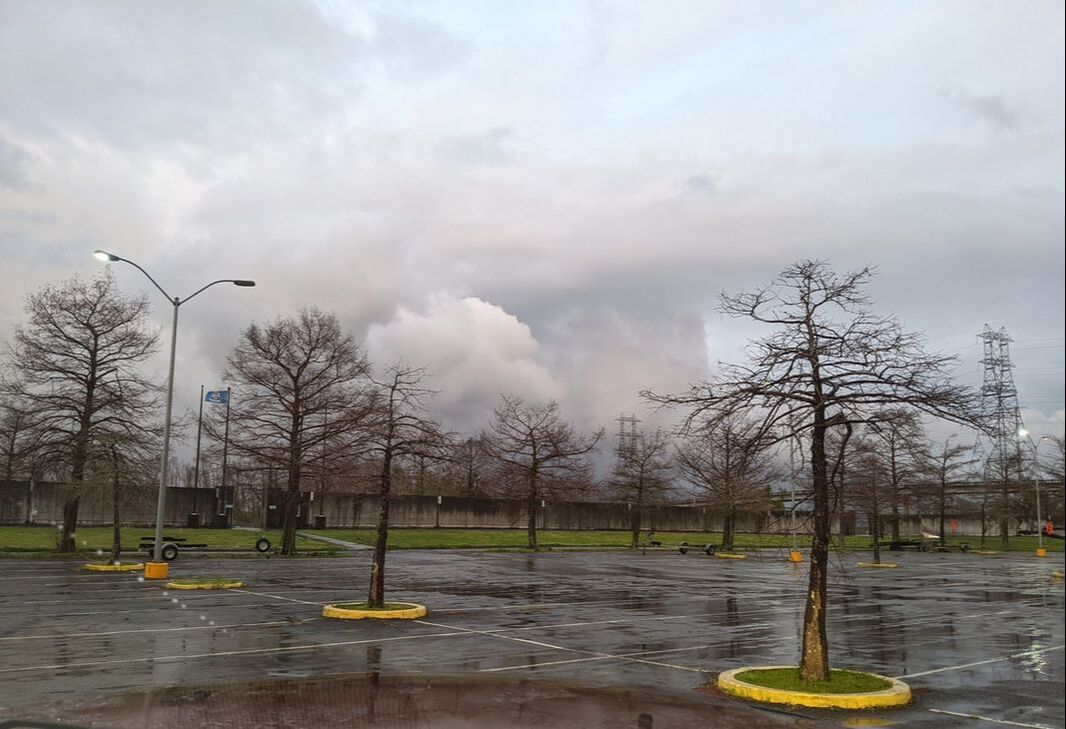
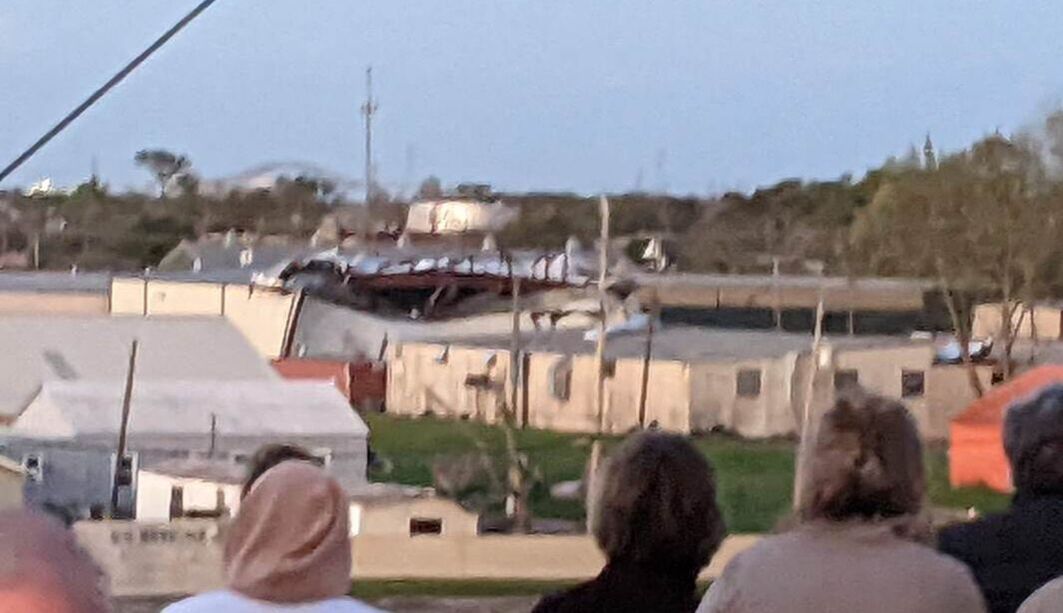

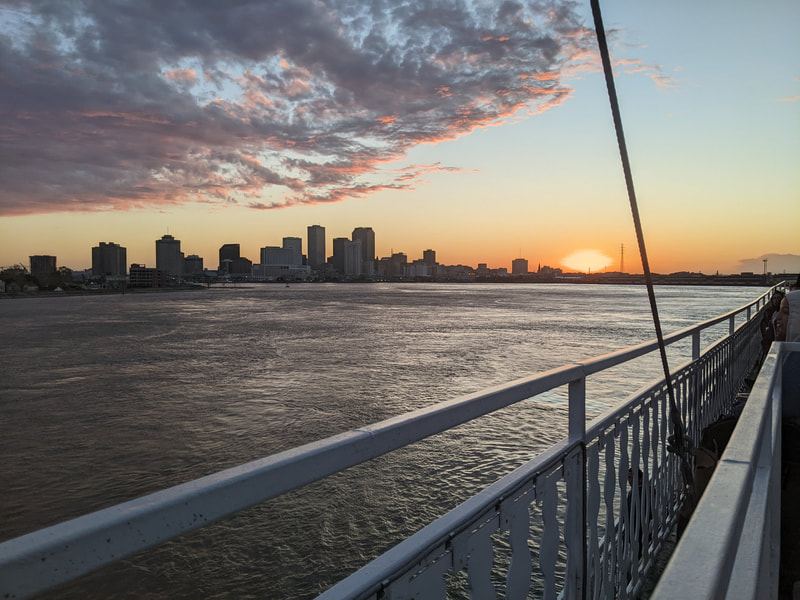
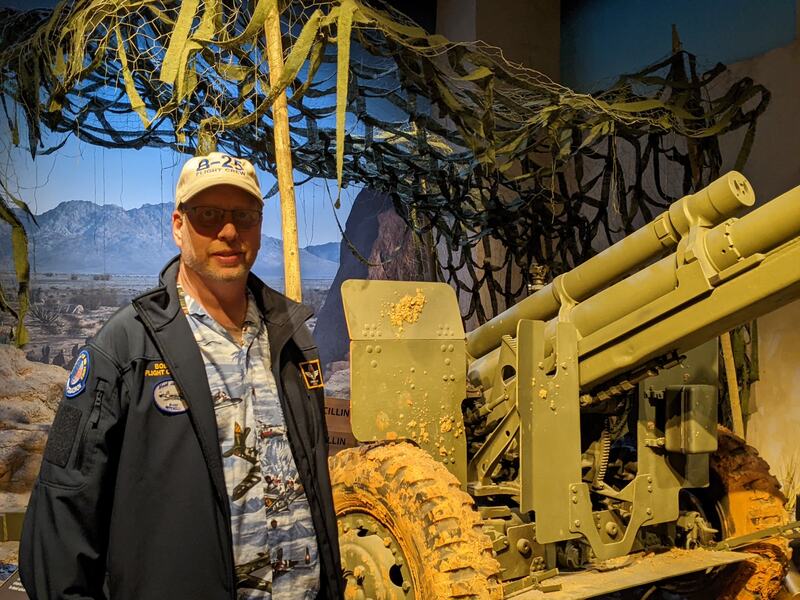
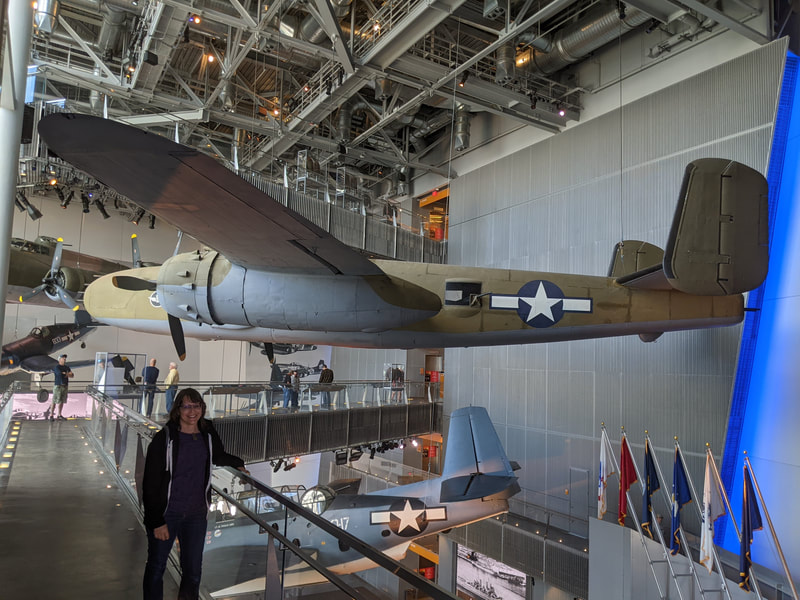
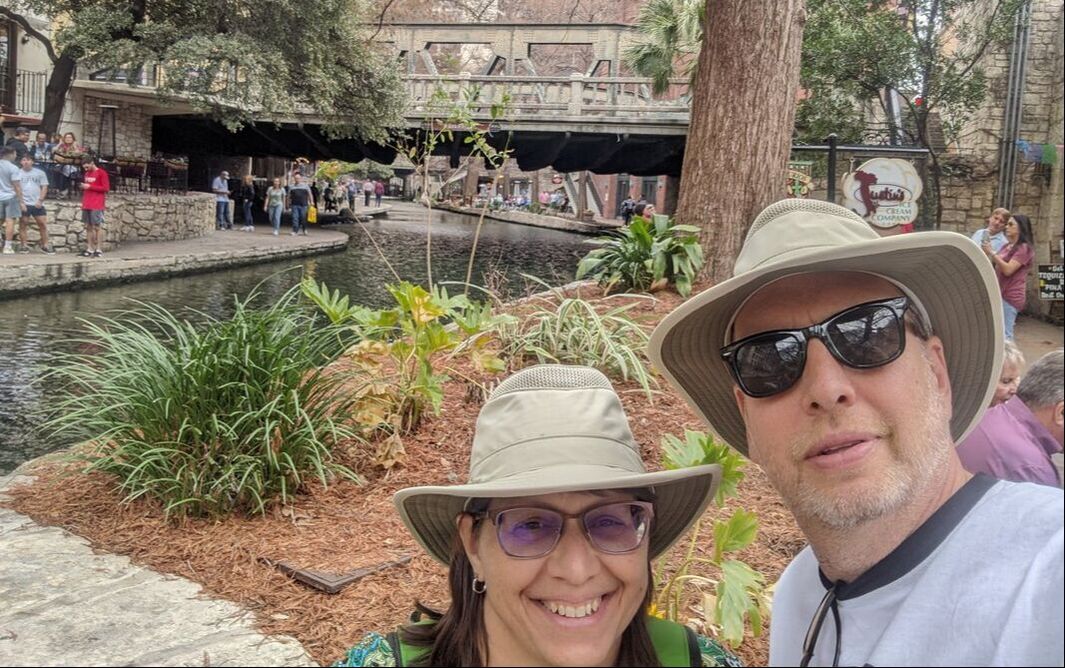
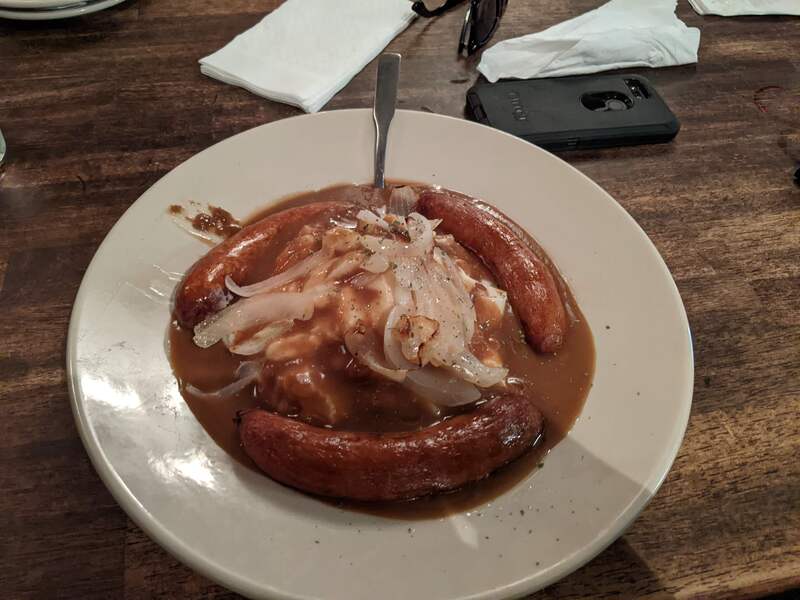
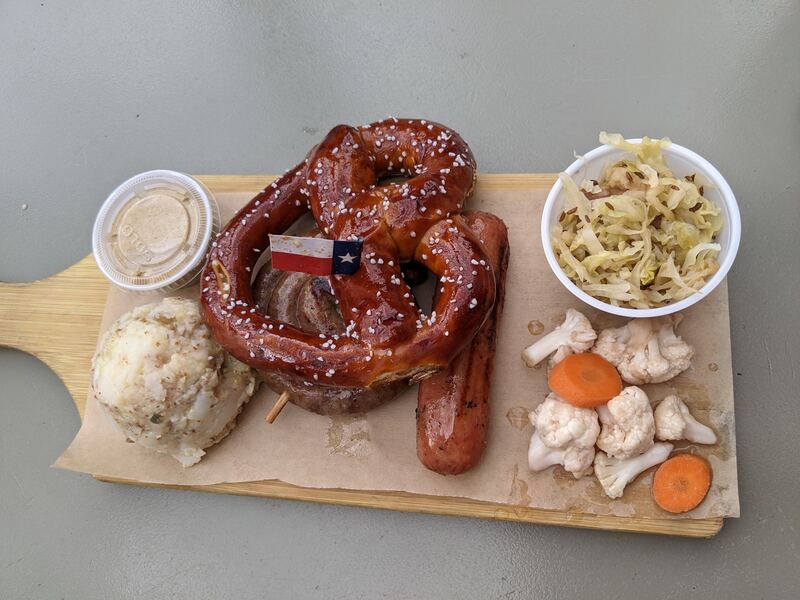

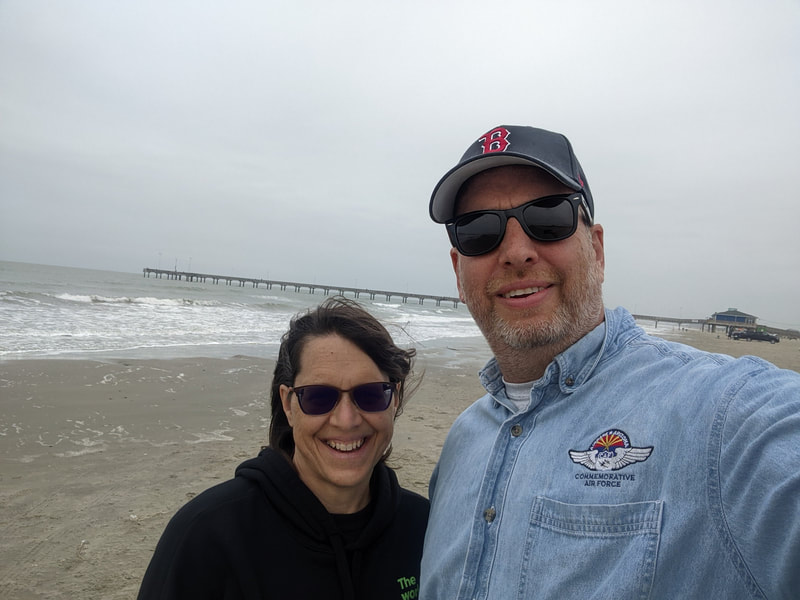
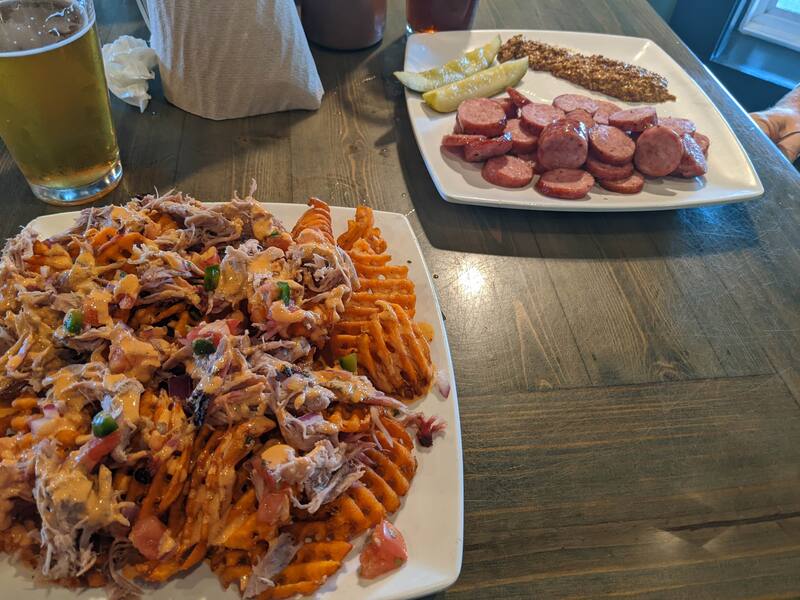
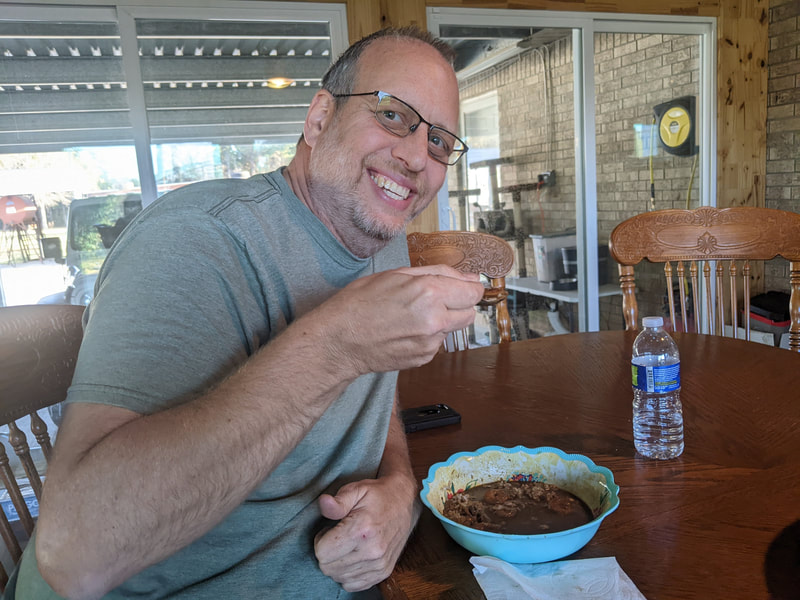

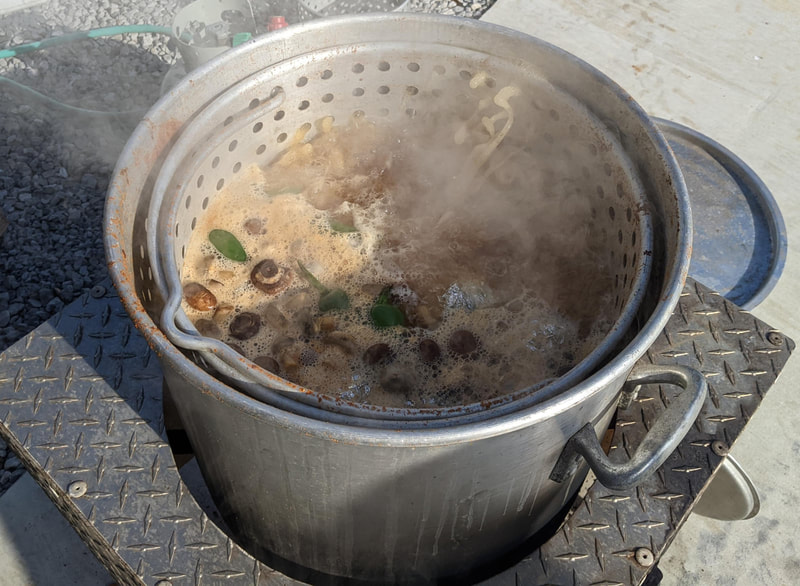
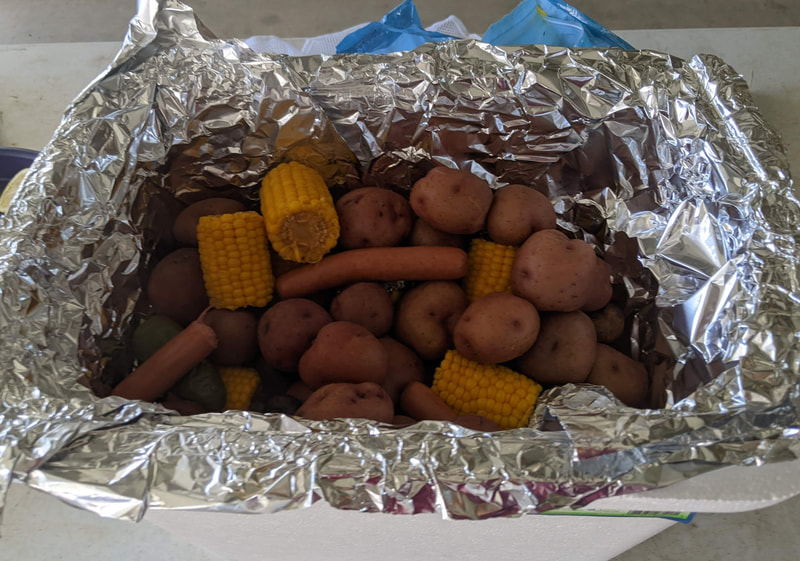
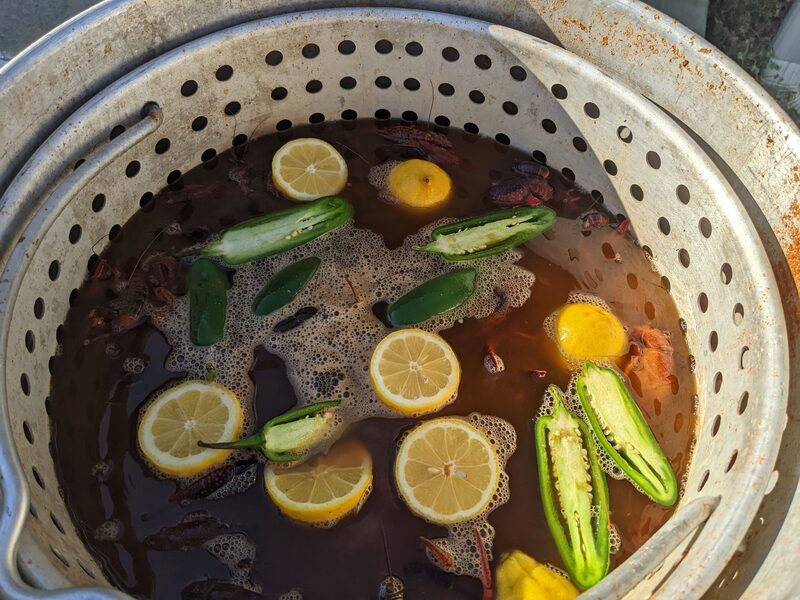
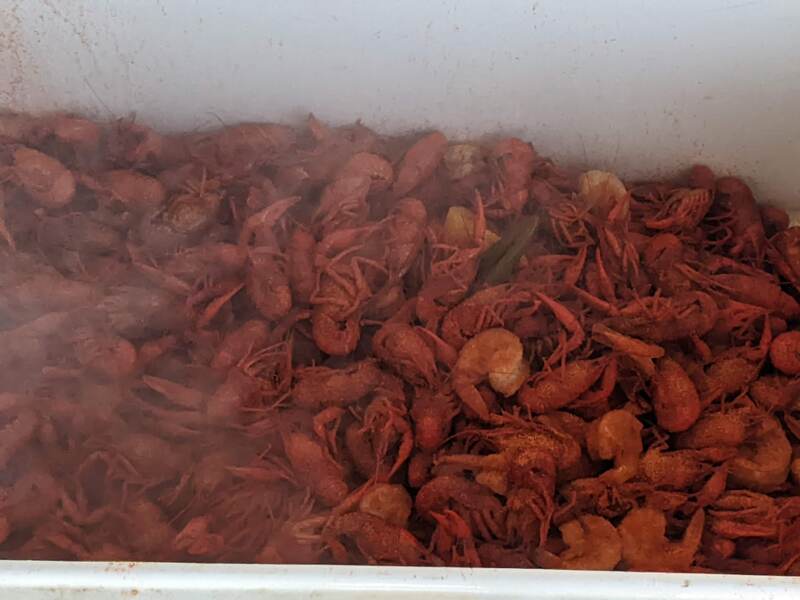
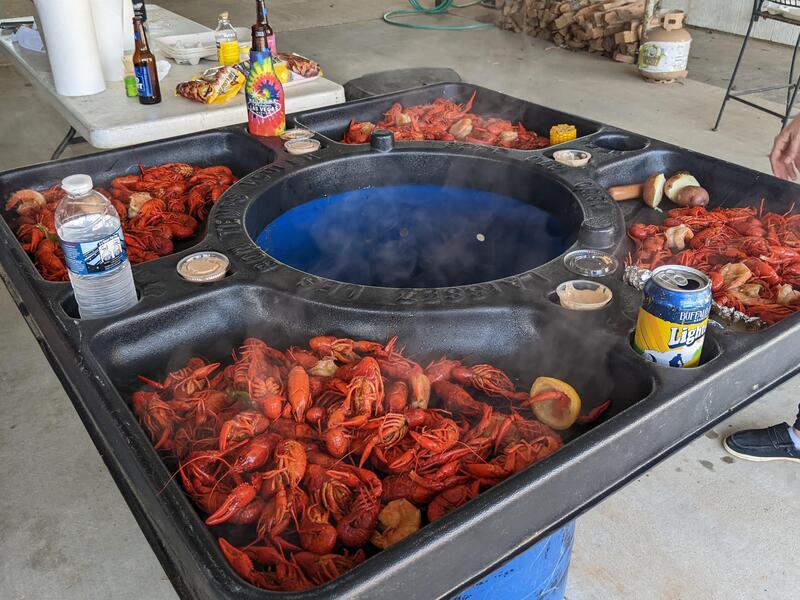
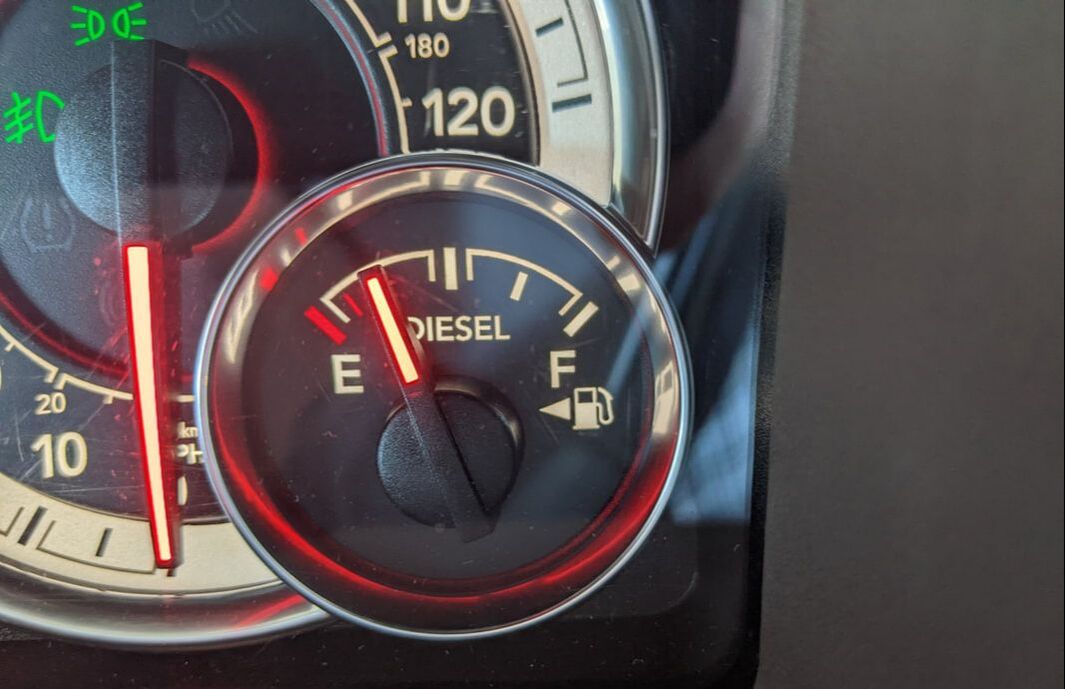
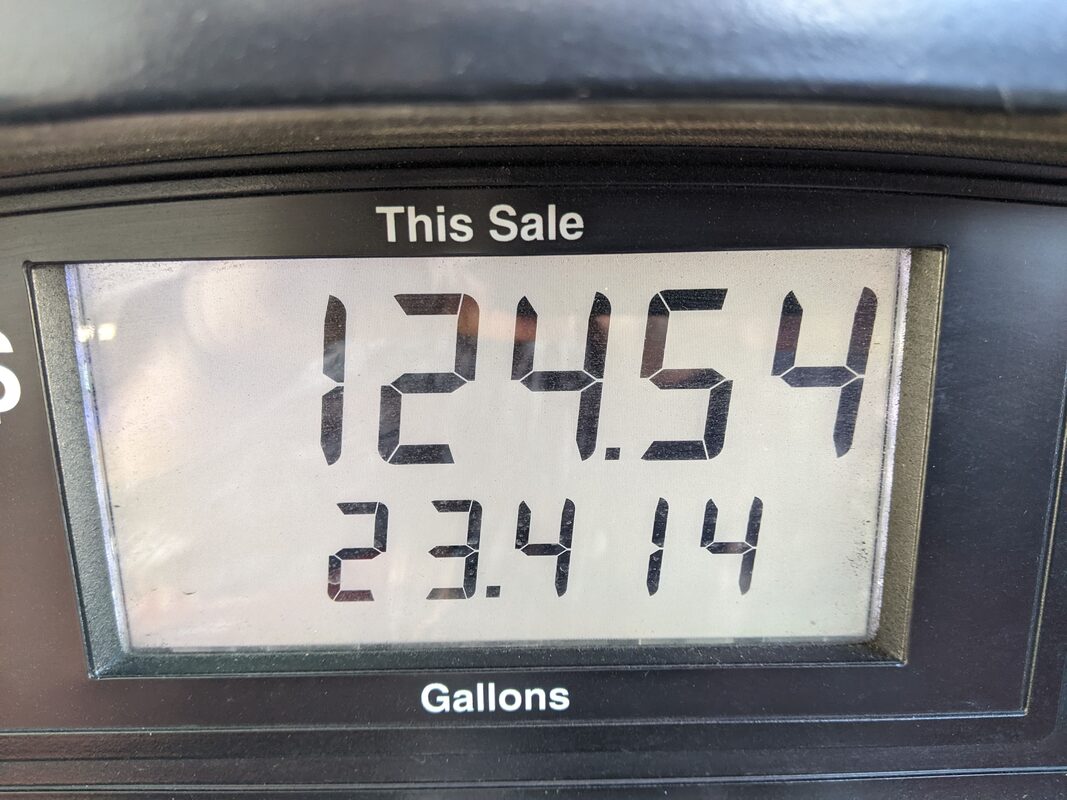
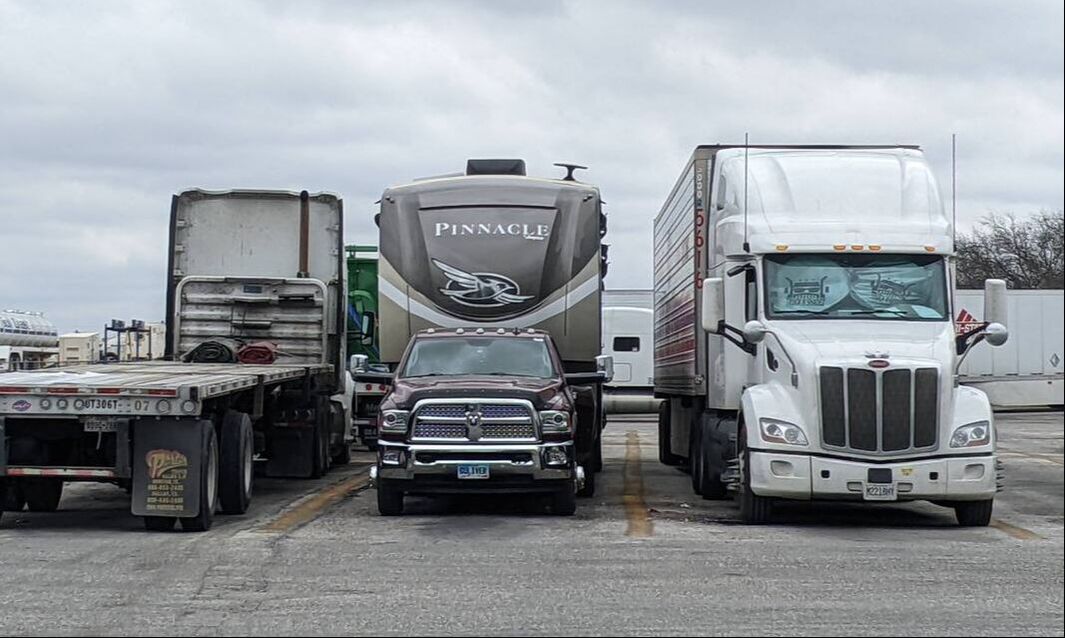
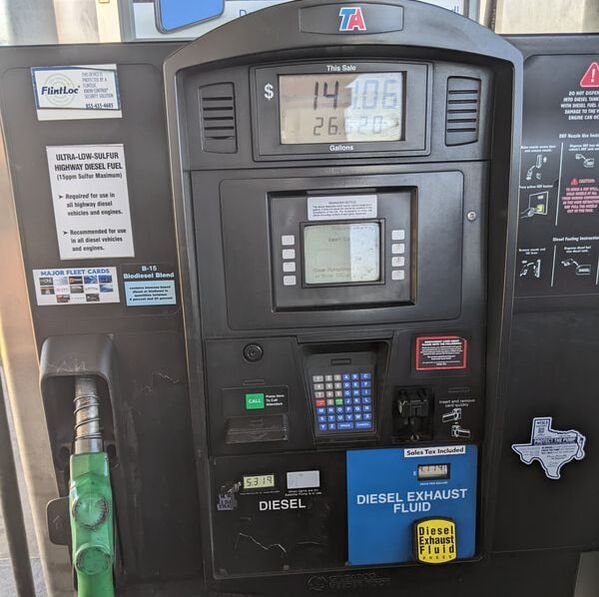
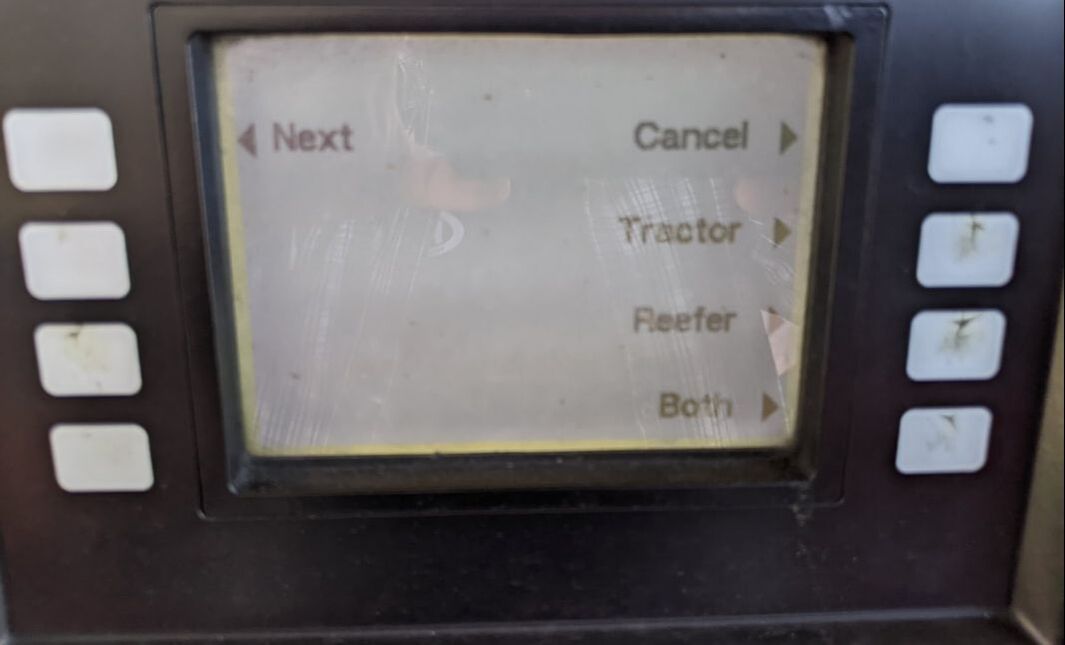
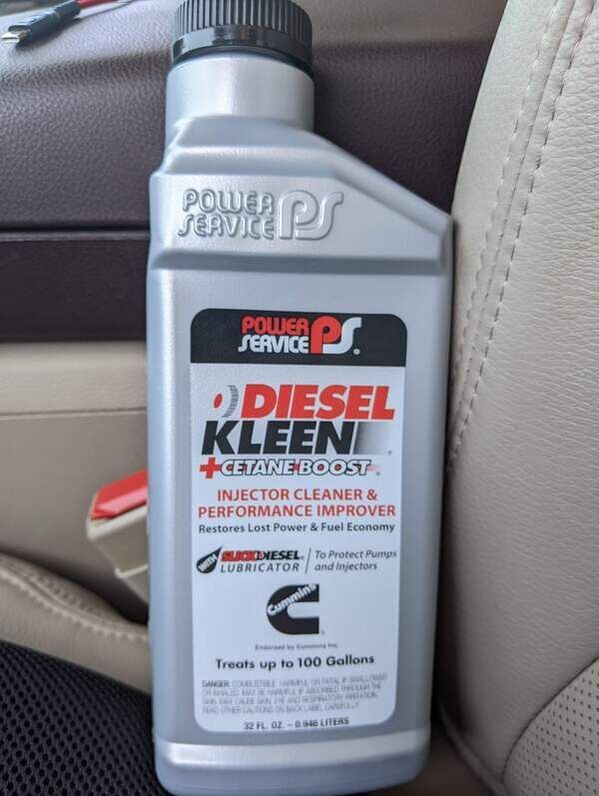
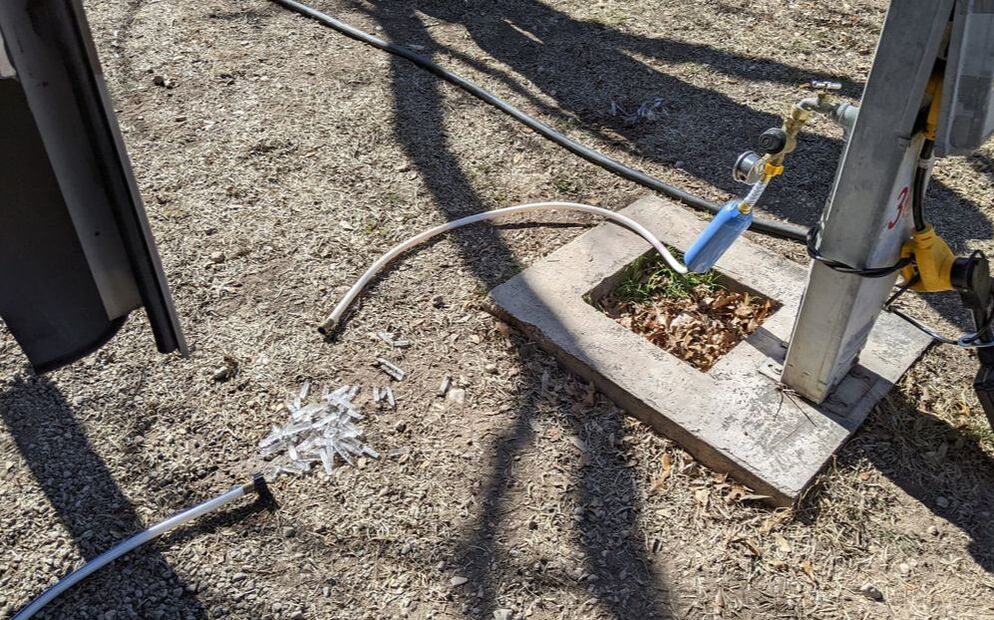
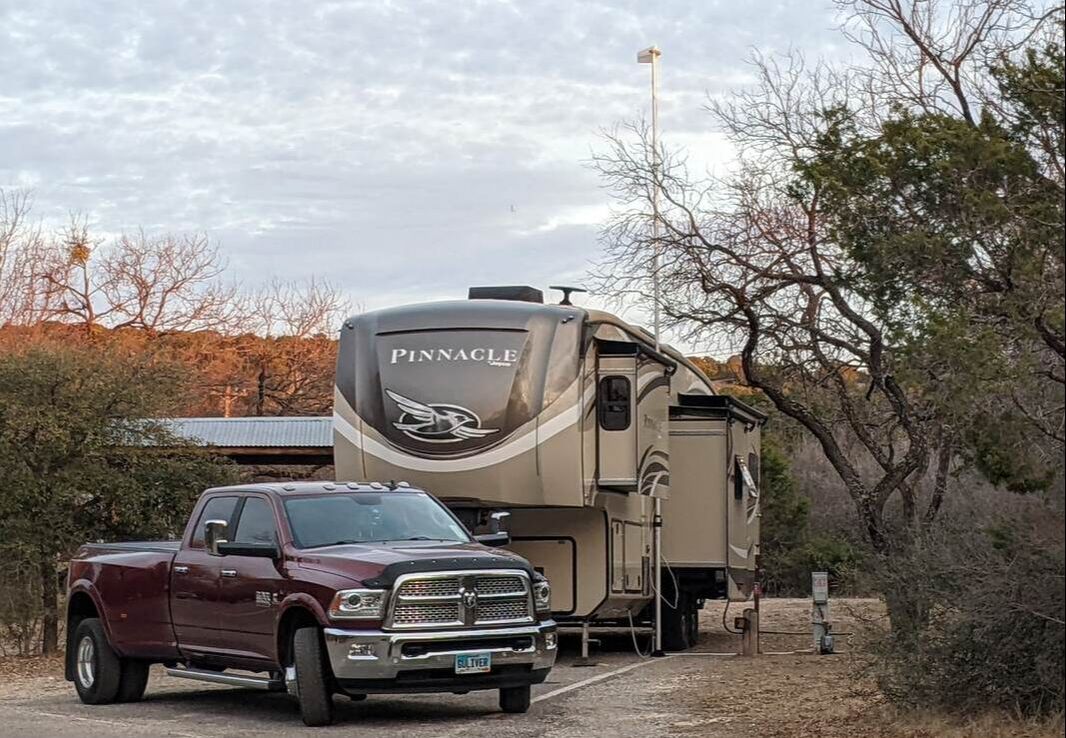
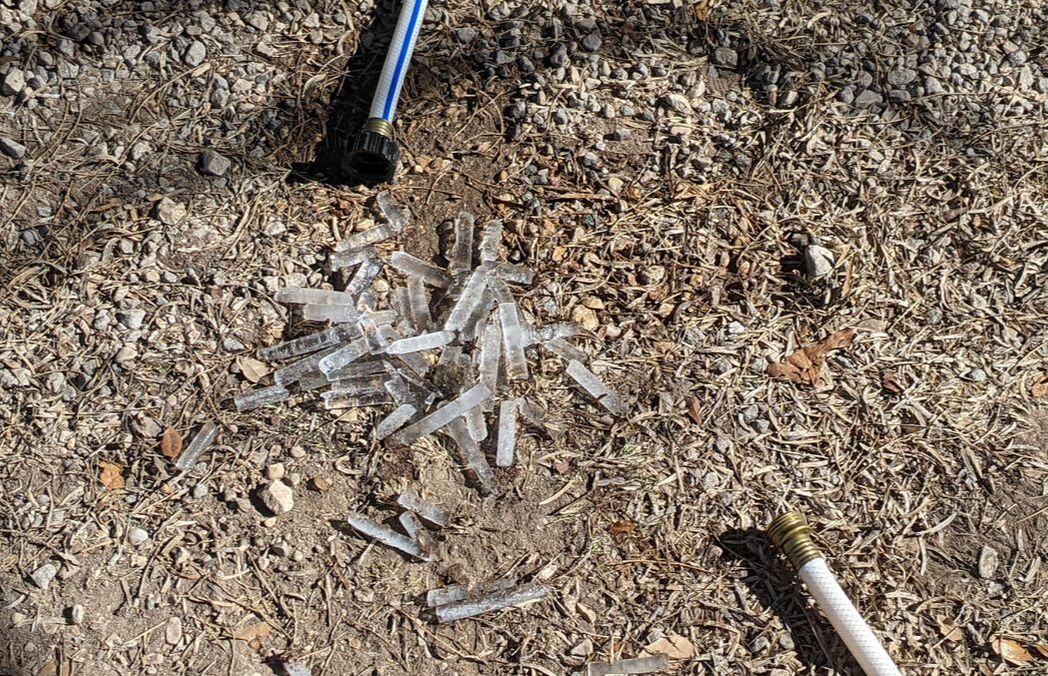
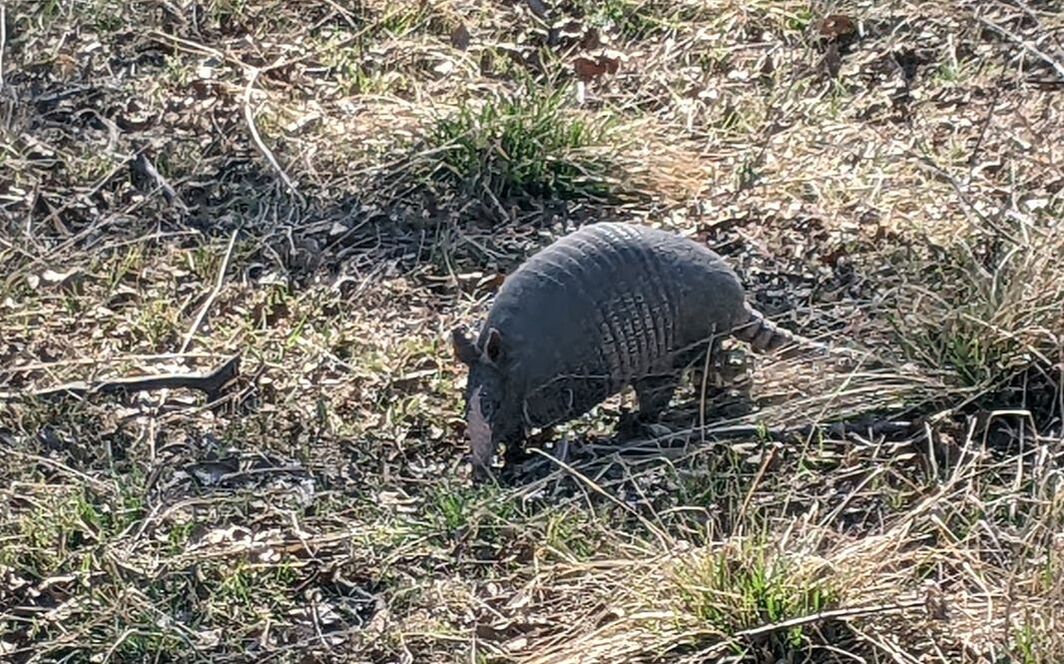
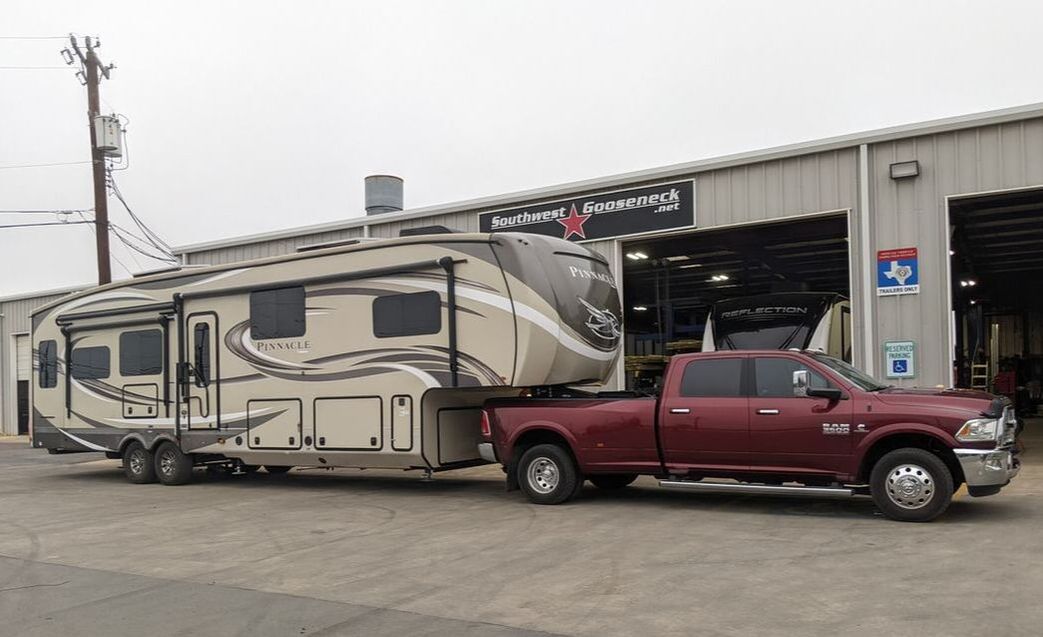
 RSS Feed
RSS Feed